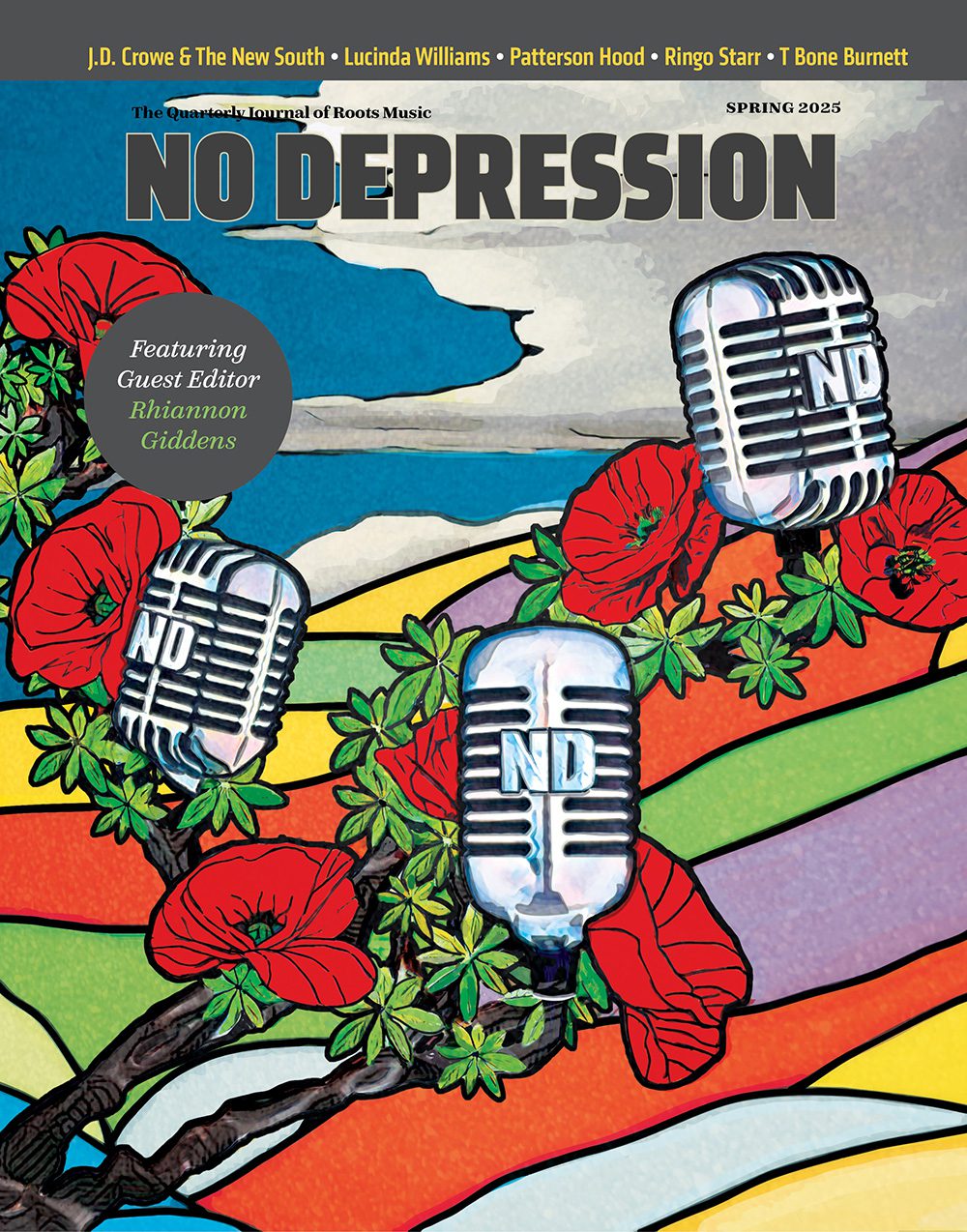The Derailers – Ticket to ride
“We came in and recorded the entire record live in three days, four songs a day. We were a five-piece when we went into the studio — we’d had a steel man [Marty Muse] with us for the previous year — and we had another guitar player with us for rhythm strumming, when Tony was in a vocal booth. And we had a piano player with us too, all live in the room together, before we did the overdubs.”
The results feature the Derailers’ patented Buck Owens-derived shuffles and harmonies, of course, but they also work many of the soul, pop and country sounds that shared the airwaves with Owens in the early ’60s and beyond. Here Come The Derailers includes a soaring Orbisonesque ode to romantic delusion (Hofeldt’s “I See My Baby”); a groovy, slow-walking cover of Charlie Rich’s 1965 hit “Mohair Sam”; an archetypal honky-tonk conceit (“Bar Exam”, with Delbert McClinton on harmonica) that sounds like a late-period Billy Sherrill production for George Jones; and an irresistible band-composed instrumental (“Country A Go-Go”) that sounds like the Buckaroos jamming with Dick Dale and Booker T.
As some of these comparisons hint, the album also highlights the Derailers’ more soulful side. It’s another development for which the band says Lehning should take partial credit, particularly in regard to the album’s cover of Arthur Alexander’s “If It’s Really Got To Be This Way”.
“Kyle came to us with the Alexander song,” Hofeldt acknowledges. “We’re Arthur Alexander freaks. Obviously he was a huge influence on the Beatles, and the whole country soul thing is something we’re really into. Charlie Rich was country soul too, but, you know, the white side of country soul. Well, we thought we can’t get away with doing this, but Kyle understood that Alexander was the connection, a common meeting between Buck and the Beatles.”
Buck Owens once recorded a song called “Big In Vegas” where, over an acoustic guitar and wistful strings, he insisted that he just had to keep playing until he’d reached a level of success that took him beyond tiny honky-tonks and smoky bars. For Owens, the song seemed to underscore that even his steadfast love for country tradition didn’t mean he shouldn’t expand the music’s boundaries, to find a wider audience for his music.
That sort of pop ambition (which of course Owens had long since achieved when in 1970 he took “Big In Vegas” into the country top five) is reminiscent of the sentiment expressed by “All The Rage In Paris”, a Jim Lauderdale composition that’s the centerpiece of Here Come The Derailers. Another song Lehning was certain would be a natural for the Derailers, “All The Rage” finds Villanueva singing of a time when they “hardly had to cross the state line [because] Texas was our big time,” when they “thought we’d made it far enough ’cause we were all the rage in Paris.” (That would be Paris, Texas.)
But that was then. Now the Derailers want to see if they can’t make it just a little bit bigger.
“We’re seeing a lot of people around the country who seem to be hungry for what we do,” Villanueva says. “Country fans of all kinds, including some of the ones who listen to radio today. We get a lot of positive feedback from all sorts of people — kids who never liked country music before coming out to shows with their parents and even their grandparents. To me, that’s encouraging. So it might happen, you never know. There are a few country stations already, mainstream ones, that are receptive to us. Now we just need to see if this groundswell builds up enough that country radio really wants to be a part of it.”
“You know,” Hofeldt adds, “if we can make the top 20, or even the top 40, we’ll be ecstatic. We’re keeping our fingers crossed.”
ND contributing editor David Cantwell lives and writes in Kansas City, Missouri.




